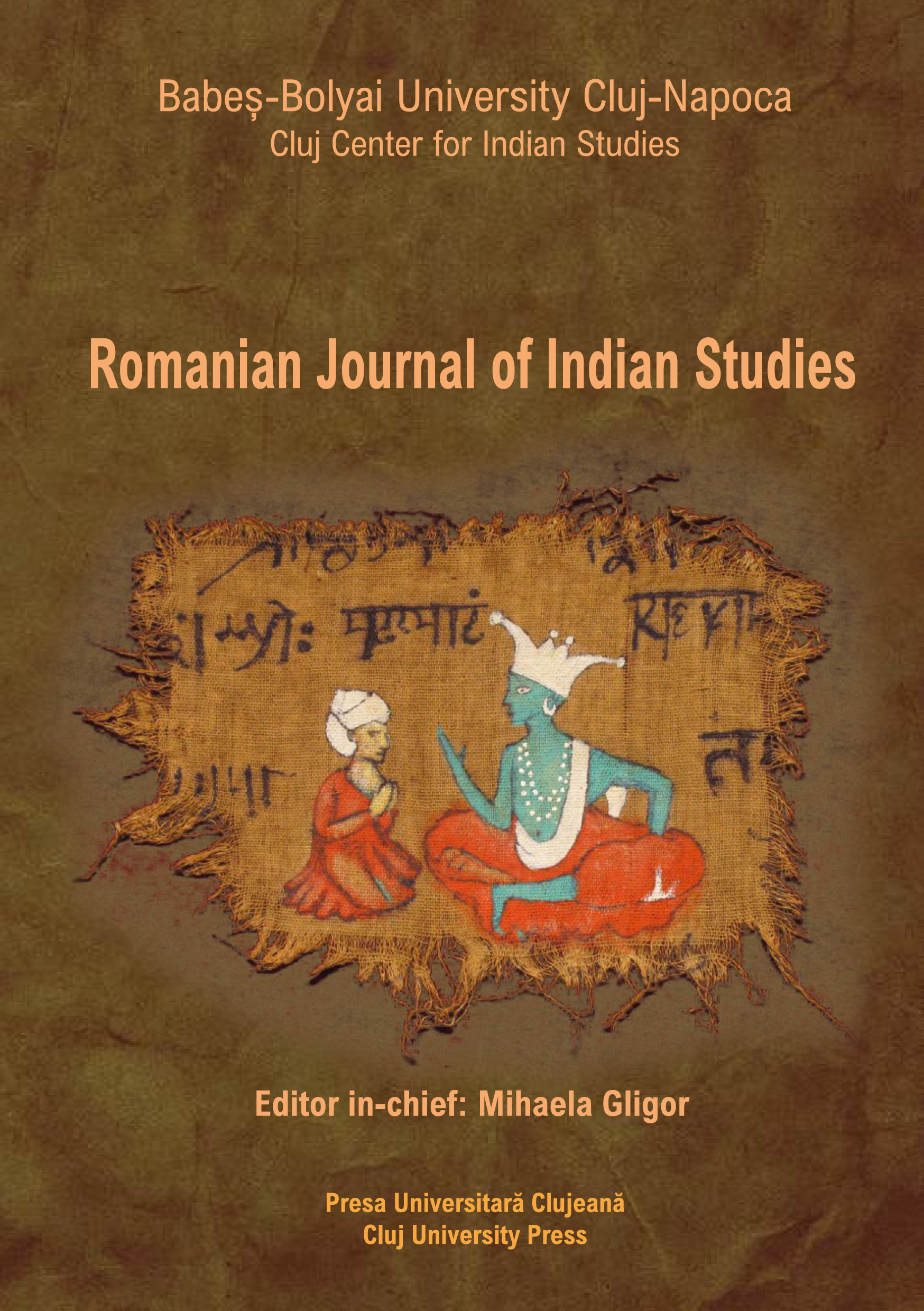The ‘Static’ and the ‘Dynamic’ in Vaiśeṣika’s Eschatology
The ‘Static’ and the ‘Dynamic’ in Vaiśeṣika’s Eschatology
Author(s): Ionut MoiseSubject(s): Philosophy, Literary Texts, Theology and Religion
Published by: Presa Universitara Clujeana
Keywords: saṃsāra; sṛṣṭi; saṃhāra; niḥśreyasa; ἀποκάλυψις; phänomenologische Aufhebung
Summary/Abstract: A common tendency in assessing Indian eschatology is to view it as an endless cyclic process, within which time, transformations, and cosmic relocations have the last word. This current paper aims to dispel such broad generalisations, and by looking into the ontological status of some primeval ‘substances’ (ākāśa, ātman) in relation to certain phenomenological processes (sṛṣṭi, saṃhāra) it aims to show nevertheless, that the static character of ātman presupposes an original realm of existence which is devoid of ‘motion’ (karman, kriyā). This eschatological state is niḥśreyasa, in which term I have identified what Halbfass calls ‘soteriontology’. Besides taking up on explaining perplexing semantic terms such as sṛṣṭi and saṃhāra, here I arguably maintain that Indian eschatology rests on two fundamental levels of ontological existence, one dynamic (saṃsāra), the other static (niḥśreyasa).
Journal: ROMANIAN JOURNAL OF INDIAN STUDIES
- Issue Year: 1/2018
- Issue No: 1
- Page Range: 46-95
- Page Count: 50
- Language: English

